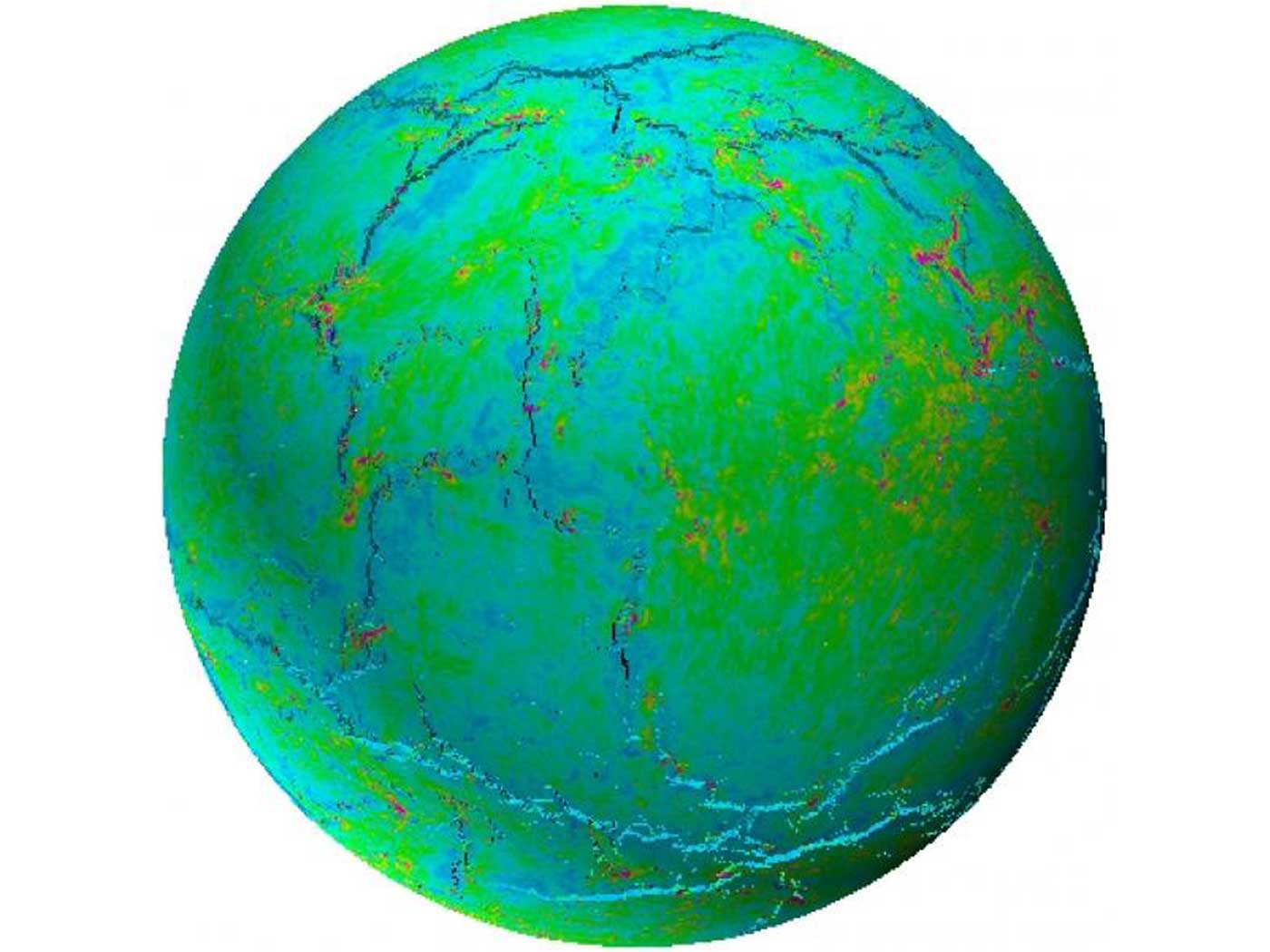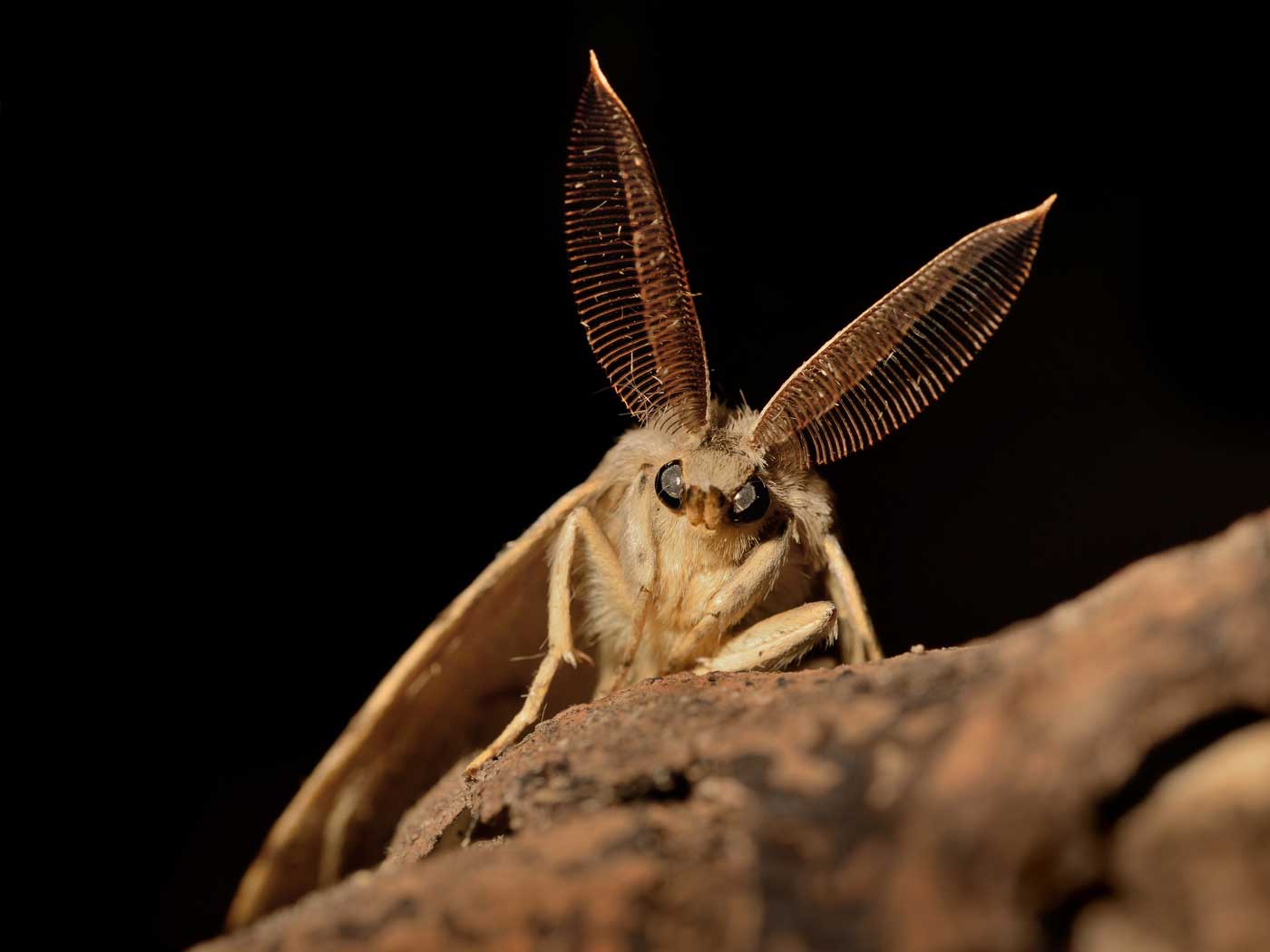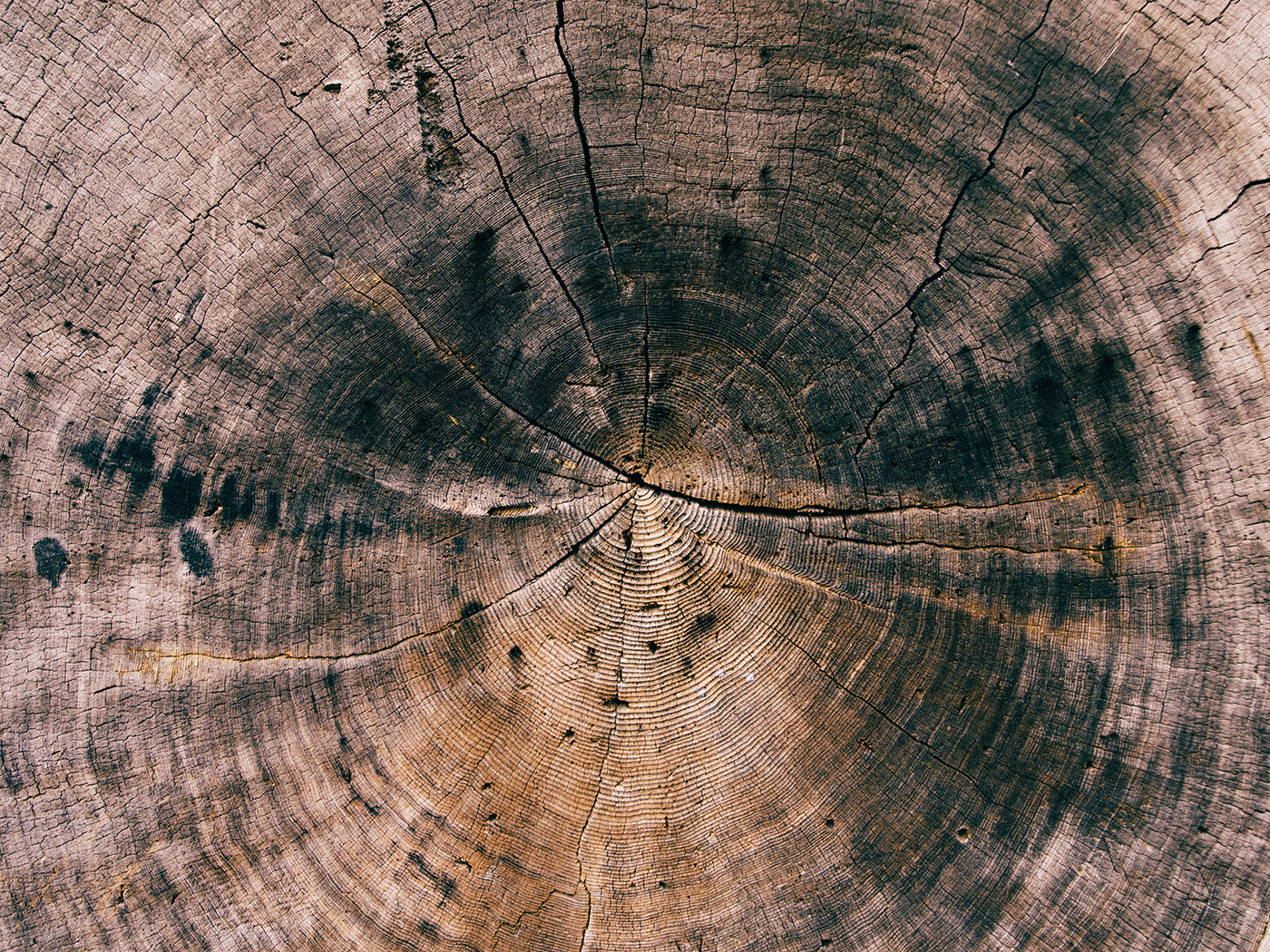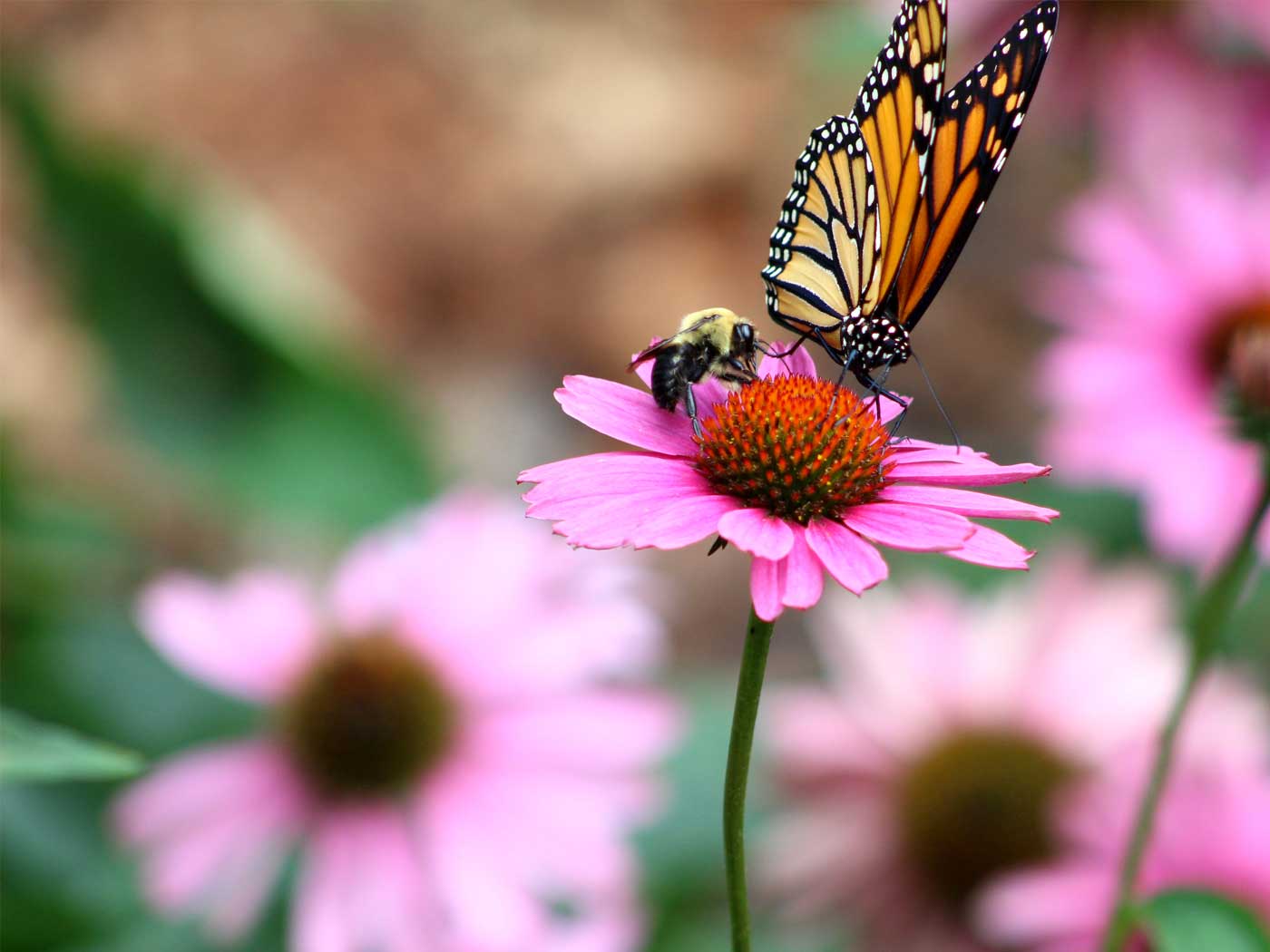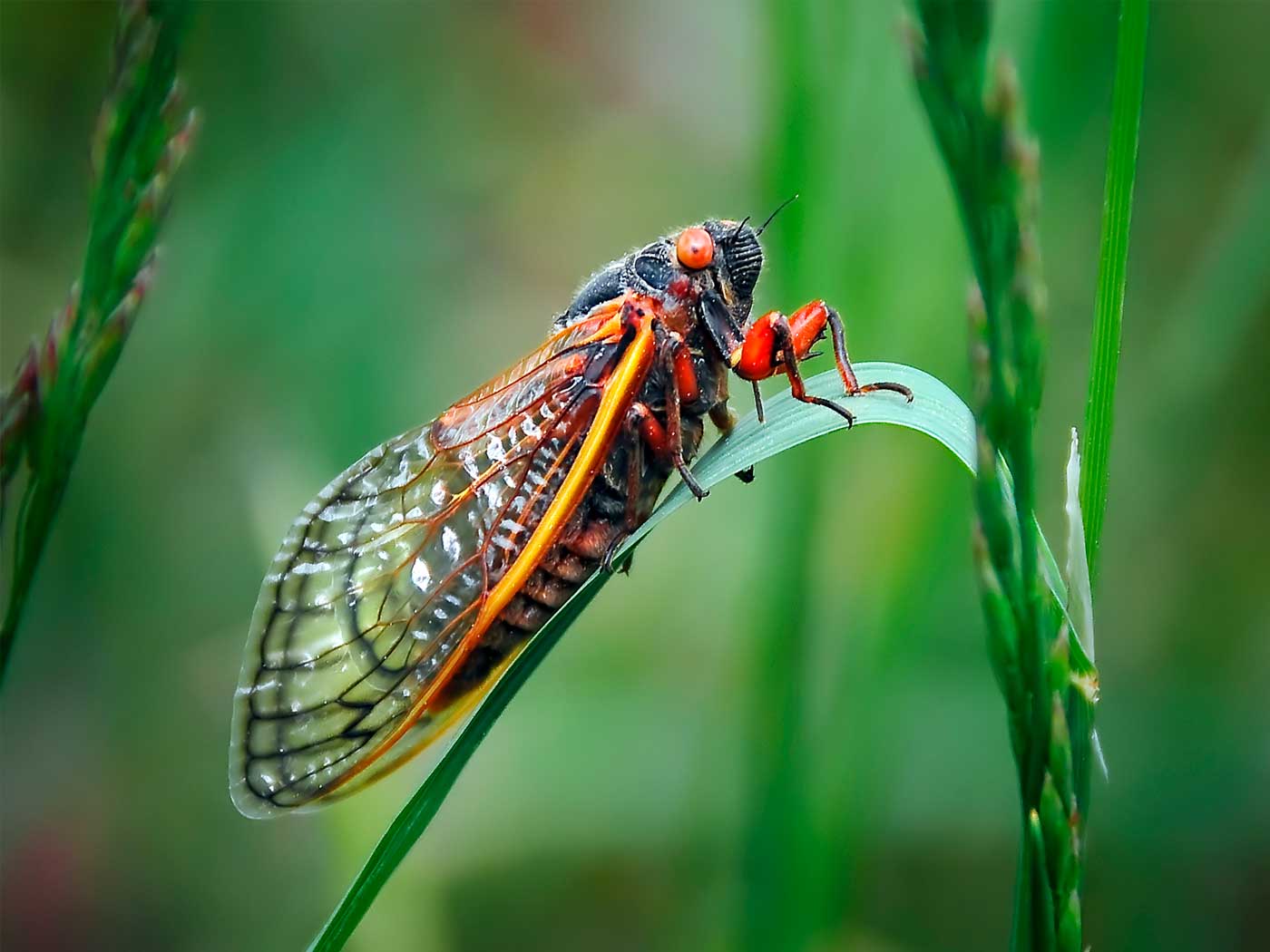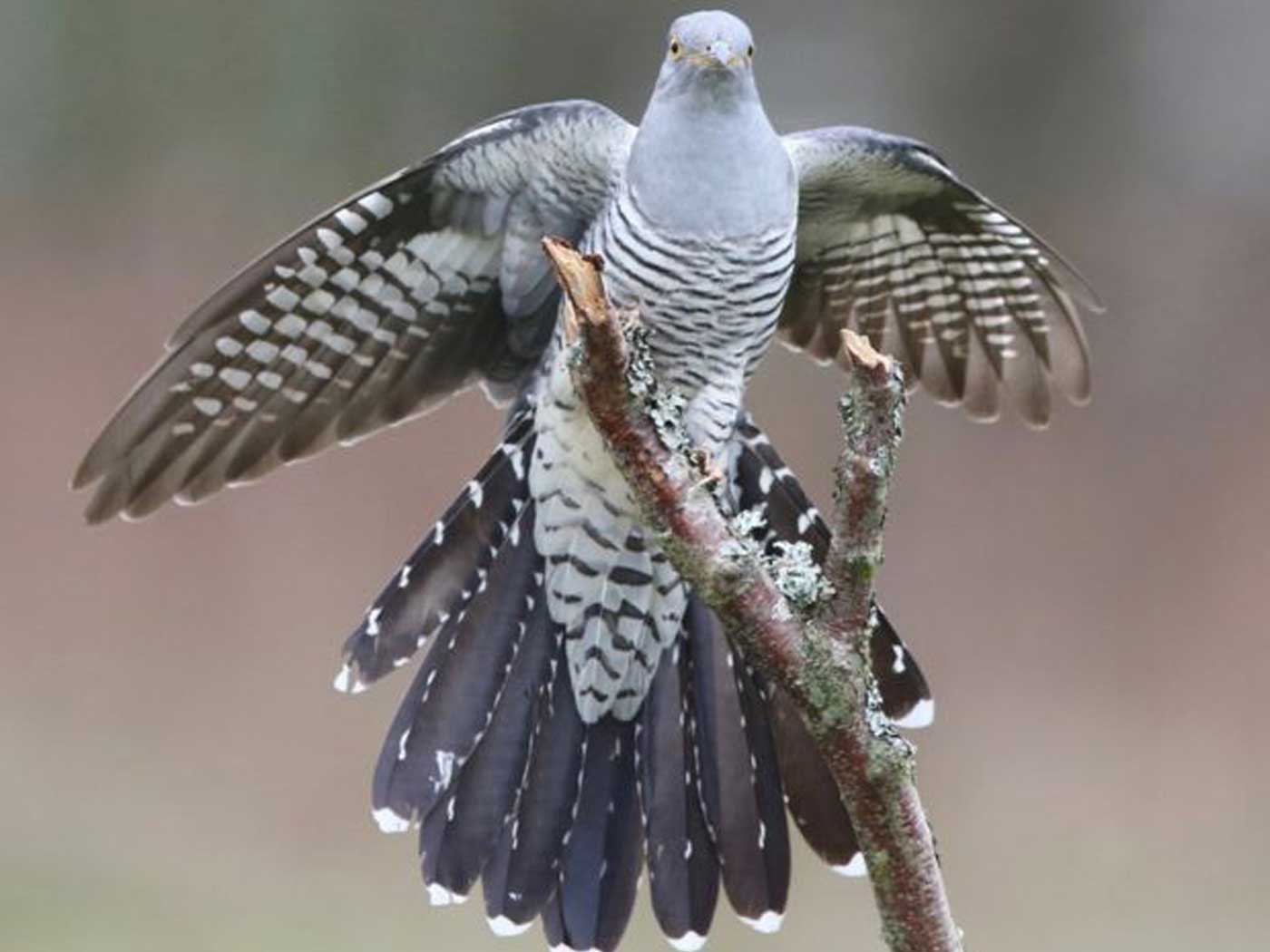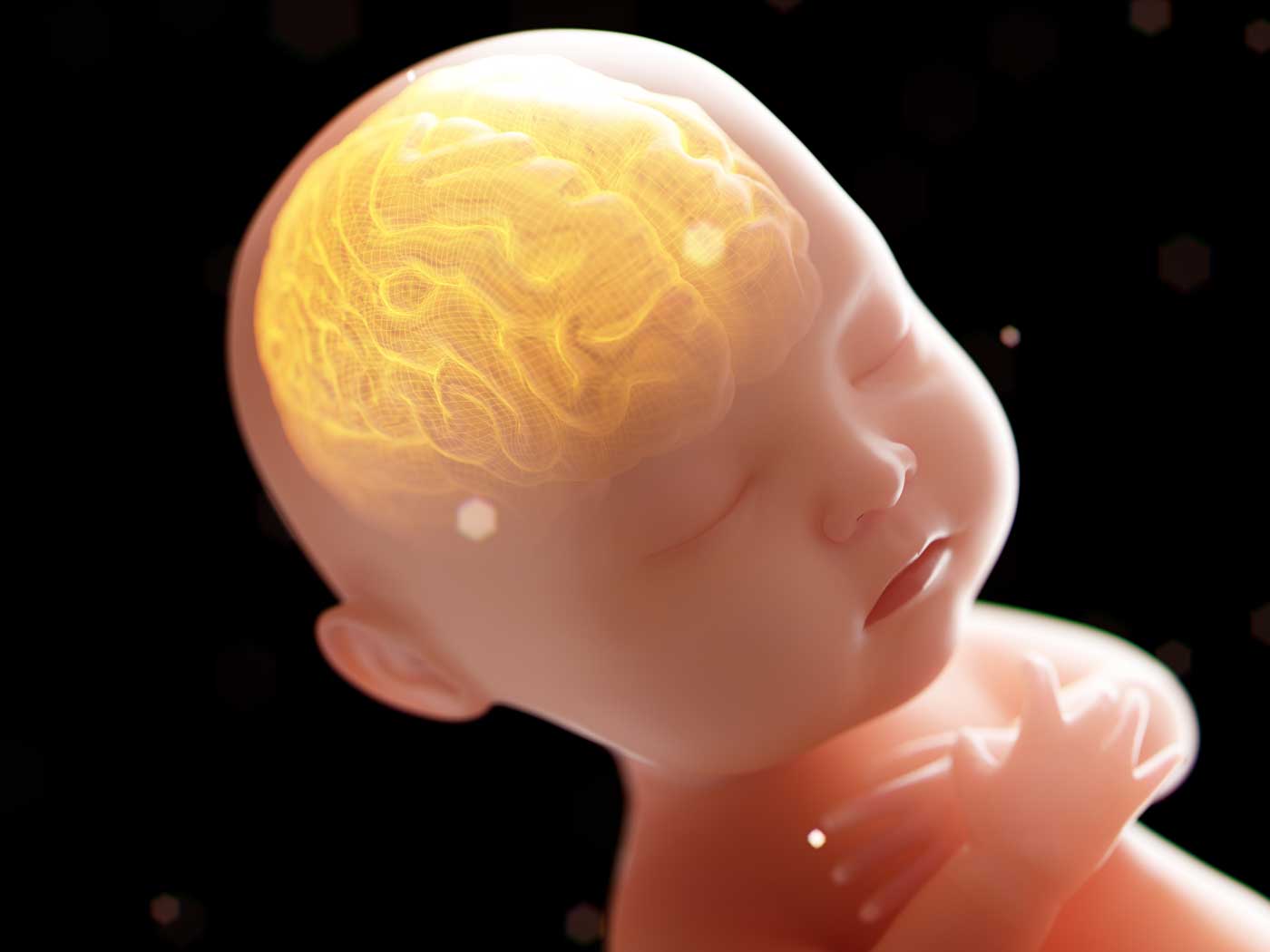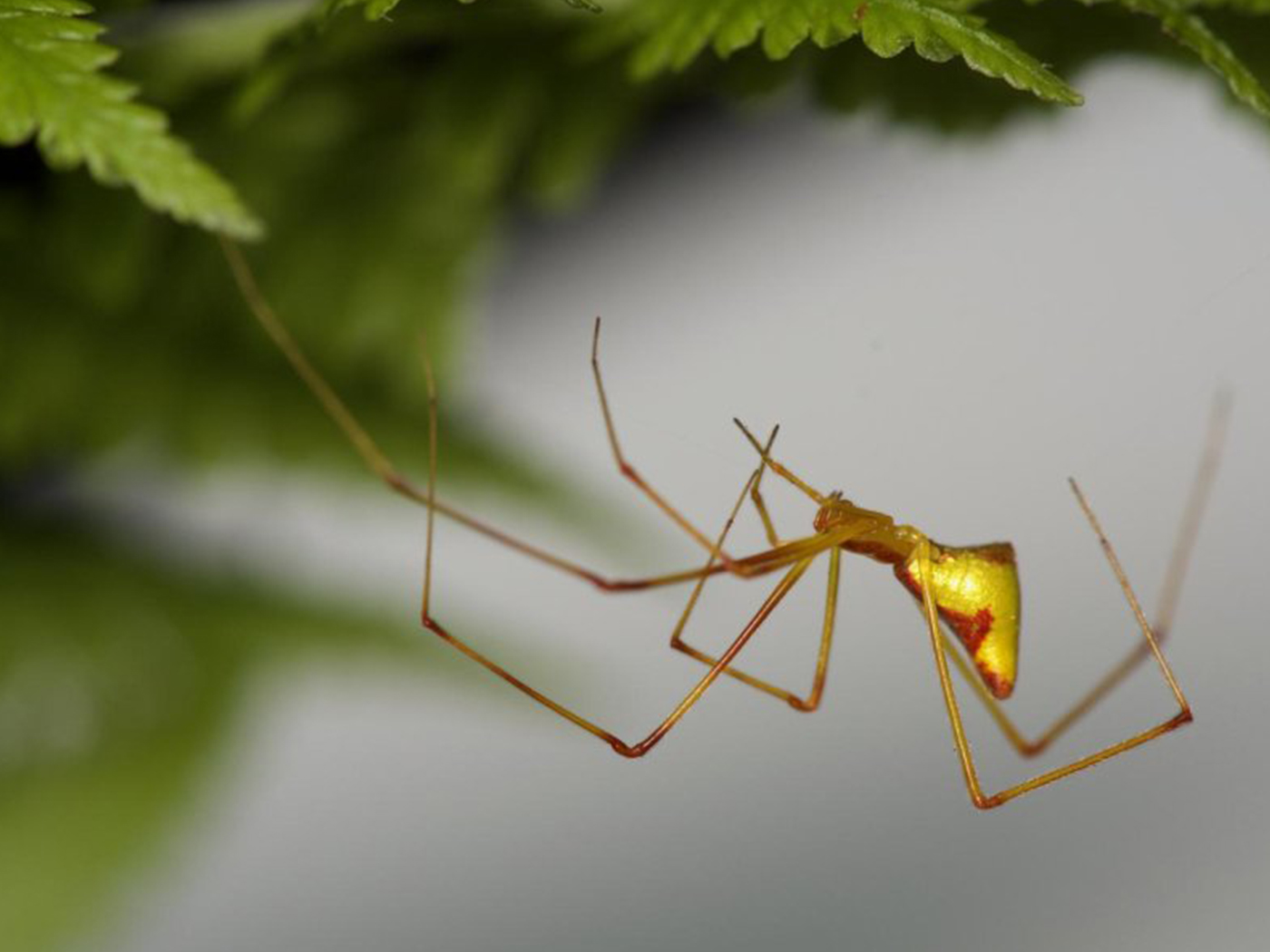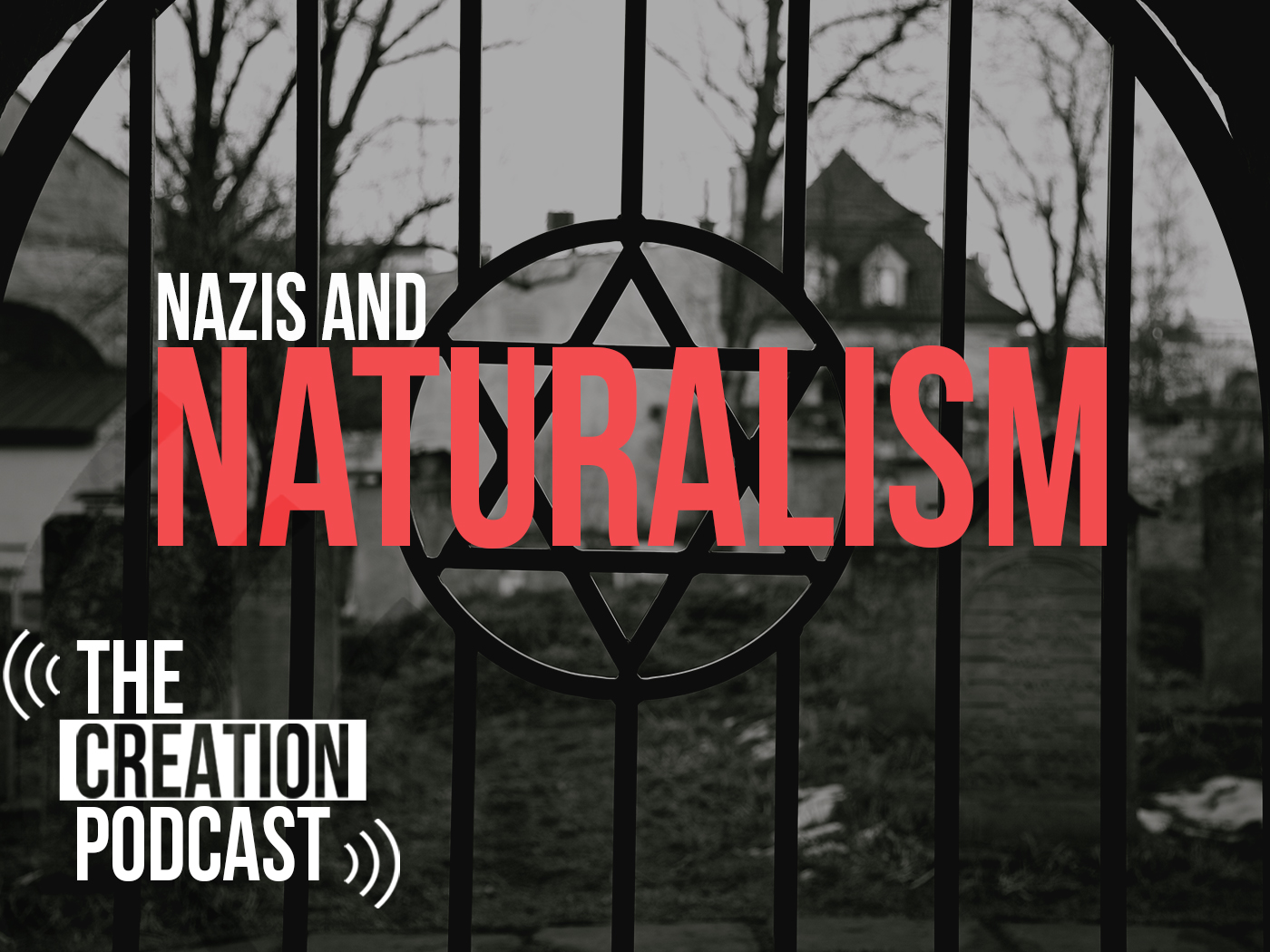If you were standing in a field of tomatoes, you might be surprised to know that the soil underneath your feet is teeming with electrical signals being sent among plants as described in a new research study.1 These results continue to expand the startling complexity of plant adaptation and point directly to an Omnipotent Creator who engineered it all.
In 2013, a study was published showing that plants signaled each other when being attacked by insects so that plants which were not being attacked could mount a mitigating defensive response.2 In that study, it was shown that the communication channel was facilitated by an underground network of fungi that form mycelial fibers throughout the soil that connect to the plant root systems. This discovery shocked scientists with its unexpected design complexity and ingenuity. However, it remained a mystery as to how the plants actually performed the communication across their fungal internet-style network.
In this new study, the research involved a joint effort between electrical engineers and plant biochemists. The researchers used physical experiments and mathematical modeling to study the transmission of electrical signals between tomato plants. Much of the success of the study owed itself to one of the scientists who had a specialty in control engineering where specific mathematical algorithms are used in human designed systems such as aerospace vehicle control.
First, the scientists established that electrical signal propagation was occurring throughout the plant and also between plants through the soil fungal network. The researchers showed that plants generate electric signals that propagate through their stems, leaves, and roots. When the roots were experimentally separated from each other with an air gap, the electrical signals were impeded. However, when the plants were living together in a common soil inhabited by fungi, they were able to communicate by sending electrical signals to each other through the fungal strand network in the soil.
The researchers were also able to determine that the electrical signals contained structured information. Dr. Shtessel, one of the lead researchers stated, "I suggested building an equivalent electrical circuit and a corresponding mathematical model that describes these processes."3 Shtessel’s model was based on standard and partial differential equations. His modeling not only showed that meaningful information was being communicated, but it also enabled them to later conduct virtual experiments that successfully simulated underground fungal network plant signaling.
While this study used only tomato plants, the researchers believed that the new data opened a new door to understanding how different plant species can communicate through soil fungi.
This concept is important because, in the wild, plants live in diverse communities with other types of plants in soils that are rich in fungal networks.
Needless to say, these results are clear evidence of design and engineering by an omnipotent Creator. These results continue to uphold the scripture proclaimed in Romans 1:20 that says, “For since the creation of the world His invisible attributes are clearly seen, being understood by the things that are made, even His eternal power and Godhead, so that they are without excuse.”
References
1. Volkov, A. G. et al. 2020. Underground electrotonic signal transmission between plants. Communicative & Integrative Biology. 13 (1): 54-58.
2. Tomkins, J. P. 2013. Plants Use Underground 'Fungal Internet' to Communicate. Creation Science Update. Posted on ICR.org August 5, 2013, accessed July 10, 2020.
3. Steele, J. 2020. Detection of electrical signaling between tomato plants raises interesting questions. Physorg. Posted on Phys.org July, 10, 2020, accessed July, 10, 2020.
*Dr. Tomkins is Director of Research at the Institute for Creation Research and earned his doctorate in genetics from Clemson University.

Electrical Signaling Among Plants Via Soil Fungal Network
The Latest
CREATION.LIVE PODCAST
The Breathtaking Complexity of Information Within Cells | Creation.Live...
Despite their microscopic size, cells are immensely complex and uniquely engineered to process vast amounts of information.
Hosts...
Trilobite Troubles in '24
The phylum Arthropoda is the largest animal phylum on the planet. These animals are designed with paired, jointed appendages and a chitinous exoskeleton....
A Billion-Year Evolutionary Tale
All cells come from previous cells. In order to produce a new cell, the Lord Jesus designed a process called the cell cycle. This is a highly ordered...
A Bird in the Hand is Worth Two in the Bush
Inspired by God’s creation mandate in Genesis 1:28, humans across the centuries have sought ways to optimize processes, solve problems, and ultimately...
CREATION PODCAST
Darwin, Hitler, and the Holocaust Part 2 - More Than Animals...
From 1941 to 1945, Nazi Germany and its allies systematically murdered approximately six million Jews in a genocide known as the Holocaust....
Did the Human Heart Evolve from Apes?
The amazingly designed pump we call the heart has made evolutionary news recently.
Ffion White of Swansea University in Wales recently stated in...
Recent Paleontological Discoveries Are Just What Creationists...
Current news from the field of paleontology is what creationists expected and even predicted. Whether recent fossil discoveries are invertebrates or...
New Evidence for Catastrophic Plate Tectonics (CPT)?
Geophysicist Samantha Hansen and colleagues may have just strengthened evidence for catastrophic plate tectonics (CPT), the leading theoretical model...
The Price of Freedom
"And the chief captain answered, With a great sum obtained I this freedom. And Paul said, But I was free born" (Acts 22:28).
The privilege...
CREATION PODCAST
Darwin, Hitler, and the Holocaust Part 1 - A Faulty Foundation...
From 1941 to 1945, Nazi Germany and its allies systematically murdered approximately six million Jews in a genocide known as the Holocaust....






